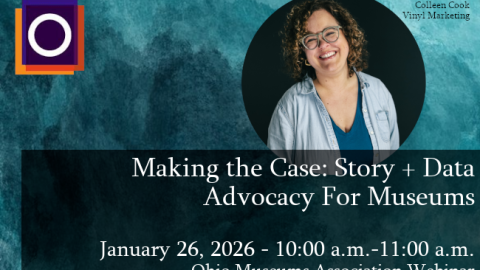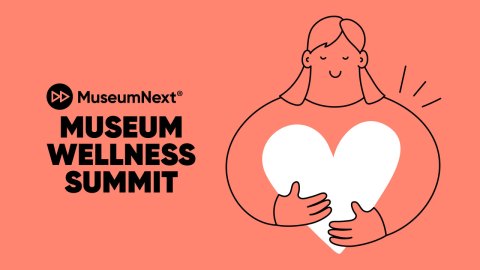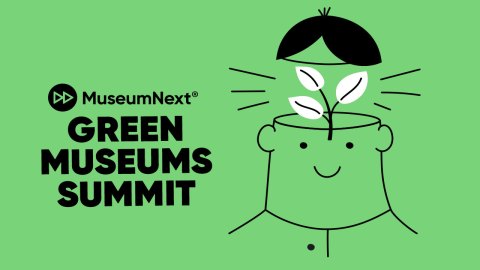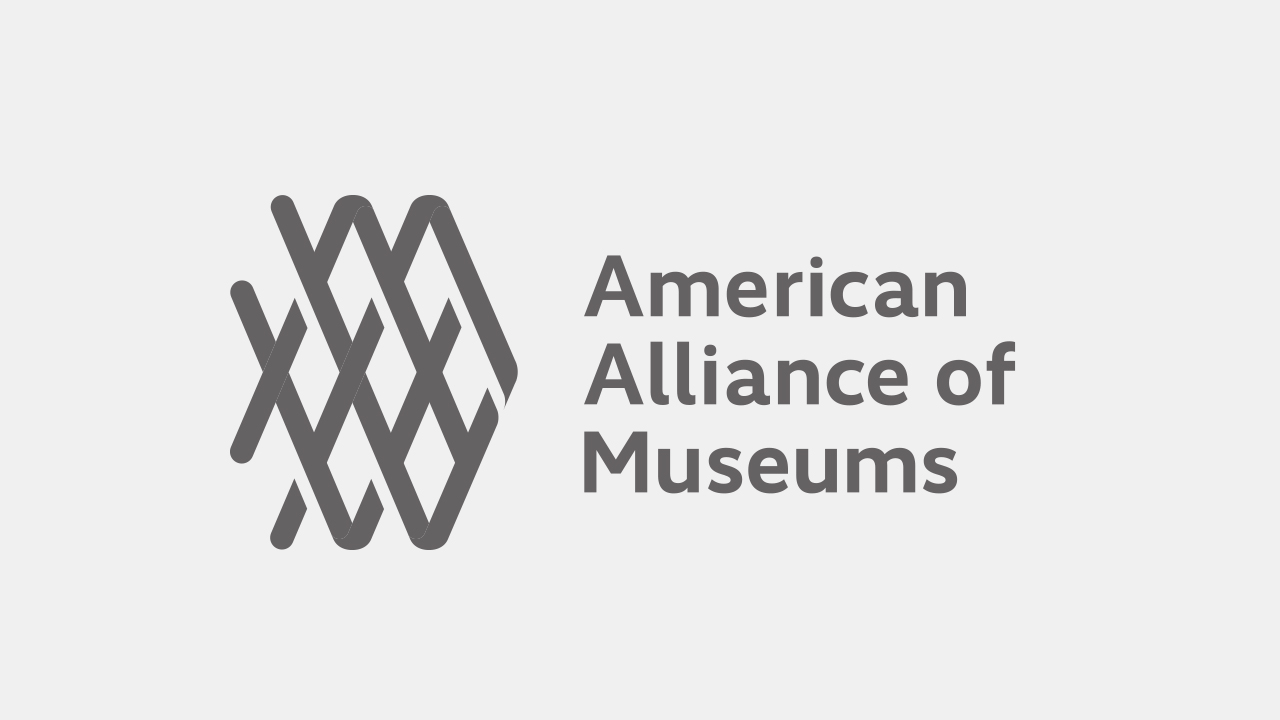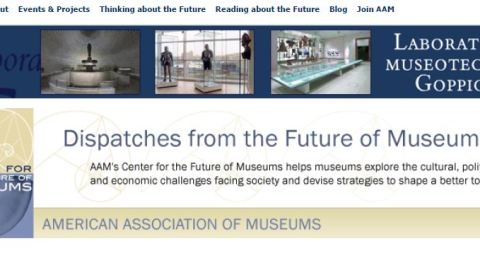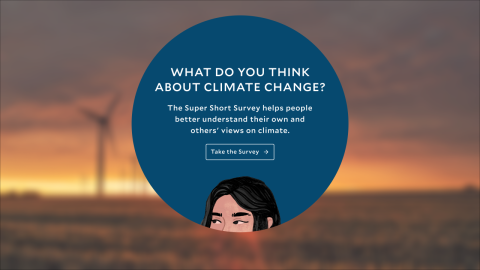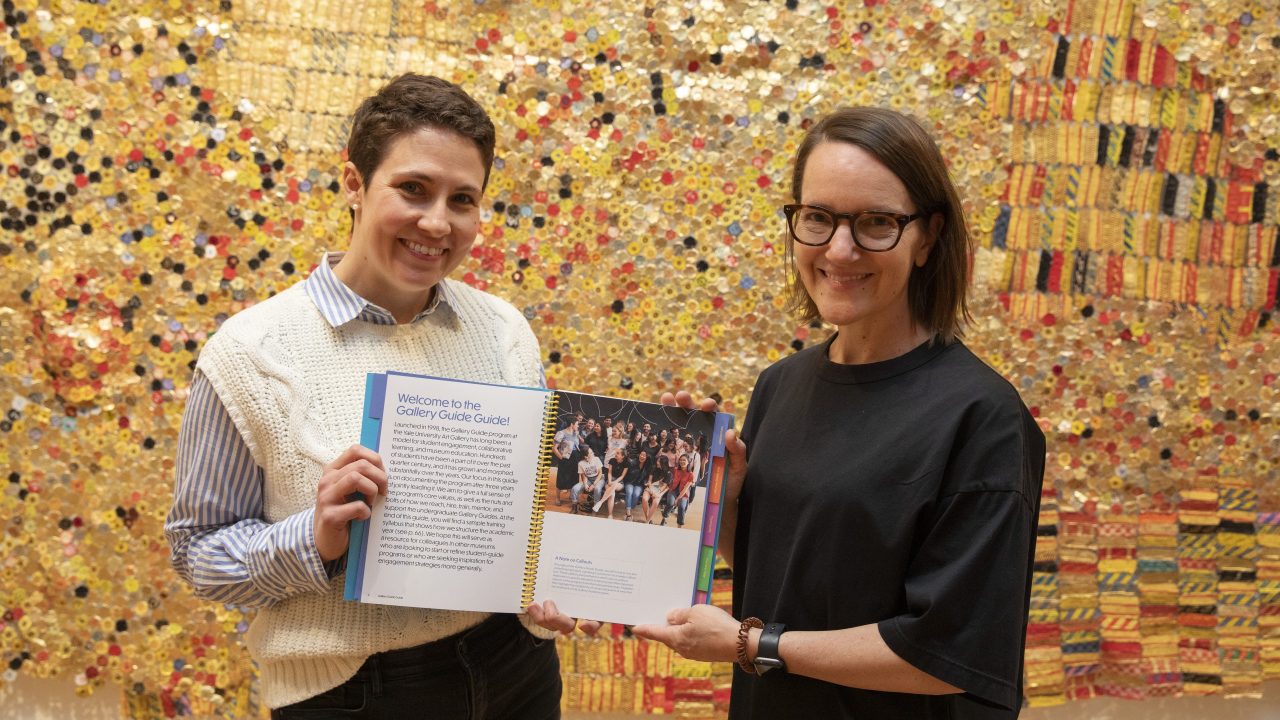
Hi! We are Sydney Skelton Simon, the Bradley Associate Curator of Academic Affairs, and Molleen Theodore, the Jane and Gerald Katcher Curator of Programs, at the Yale University Art Gallery in New Haven, CT. We are colleagues in the Gallery’s education department; Sydney oversees university-level curricular engagement with the collections, and Molleen directs public programs that bring together the campus and the wider community.
From 2020-2023, we jointly ran the Yale University Art Gallery’s Gallery Guide program, a paid opportunity for Yale undergraduates to develop and lead interactive close-looking Highlights Tours of the museum for the visiting public. (Since 2023, the program has been overseen by the Manager of Student Engagement, a newly created durational positional in our education department, though we remain involved in the program.) In the program, cohorts of twelve students train for a full academic year, learning about the collection and acquiring the skills necessary to lead inclusive, interdisciplinary conversations about works of art. Following the completion of their first year in the program, returning Guides offer their Highlights Tours to the public, while also participating in continued weekly sessions, where they develop new approaches to presenting the collection and serve as mentors to successive cohorts of trainees.
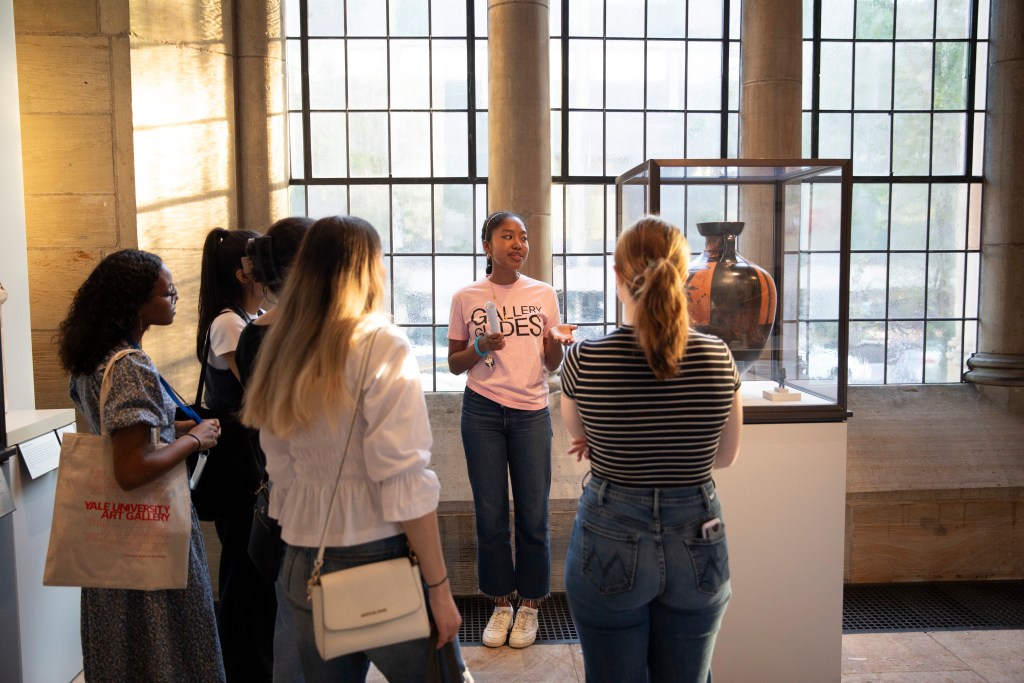
This nationally renowned program, now in its twenty-seventh year, has long been a model for student engagement, collaborative learning, and museum education, but during our tenure we worked to refresh it to meet the current moment. We captured the changes we made, as well as important continuities, in our 2024 publication, the Gallery Guide Guide (GGG), which is available as a free PDF on the Yale University Art Gallery website. The GGG articulates the values of the program and details the nuts and bolts of how we reached, trained, supported, and mentored students in the program.
Though we wrote it as a resource for museum colleagues looking to start or refine a student guide program, the GGG is packed with frameworks, activities, and ideas for building community that are broadly applicable for all museum professionals. Read on for strategies that you can use in your work. We also invite your feedback in the comments below.
Team and Trust Building
One key to the success of the Gallery Guide program is the sense of mutual trust and accountability we actively cultivate among the students. The GGG includes many practices that can be used in a variety of gatherings, including:
Icebreakers
At the beginning of each training session, Guides go around in a circle introducing themselves and answering a low-stakes and intentionally subjective icebreaker question (e.g., “What is your favorite time of day?” “What is your most-used emoji?” “How do you sign off on emails?”)—sometimes simple, often silly, always insightful. This practice is a chance to check in and to share openly; week after week, the Guides build a deeper sense of community through growing stores of inside jokes and idiosyncratic tidbits. It is also an opportunity to include invited guests in the Guide community.
We use icebreakers in other aspects of our work: as part of introductions for class visits to the Gallery, to kick off meetings with colleagues and museum leadership, and to create a sense of community among public program participants. Though it takes a few minutes, it’s well worth the time investment, as it brings everyone’s voice into the space, welcomes their individual perspectives, and helps bond the group.
Listening Partners
Active listening is an essential skill for the Guides in facilitating conversations on their tours, as well as in giving and receiving constructive feedback. We have used an activity called Listening Partners to develop their ability to be present, patient, empathetic, and attentive to verbal and nonverbal cues. Guides would partner up and find a quiet place to sit together. Each Guide has five minutes, in turn, to articulate an answer to a given prompt (e.g., “What is something about which you’re excited?”), while their partner listens attentively without saying anything. Because they aren’t expected to respond, the listening partners can be fully present with what the speakers are saying. Repeating this exercise over time allows participants to build strong, supportive connections with each other.
This is an especially useful practice when a group of people is tackling difficult topics or building new working relationships, for example in a goal-oriented staff task force or when undertaking cross-departmental team-based projects. Likewise, a version of listening partners could be used to reset the group dynamics in an existing class or team, especially if not all voices are routinely heard.
As staff leaders, we also prioritized transparent and reliable communication with the Guides about what we were doing and why. We made the syllabus, readings, and other resources available on a project site, and intentionally documented the program with meeting, training, and debriefing agendas. At the start of each week, the Guides could expect a templated email, sent by their student leaders, with critical information about upcoming trainings and other announcements. In virtually any professional setting, establishing clear expectations and articulating decisions and the rationale behind them go a long way toward building trust and inspiring the best work from people.
Creating a Welcoming Climate
When visitors to the Gallery attend a Highlights Tour, the program begins in the lobby with a warm welcome and a set of community agreements:
- Your participation is welcome.
- Create space for different perspectives.
- Looking together, we can learn a lot.
With these three agreements, Guides make clear to visitors that everyone is invited to contribute to the conversation, a diversity of perspectives is welcome, and the group will exchange and build knowledge together. This clarity of intention helps create the conditions for respectful conversation, even when discussion topics get challenging.
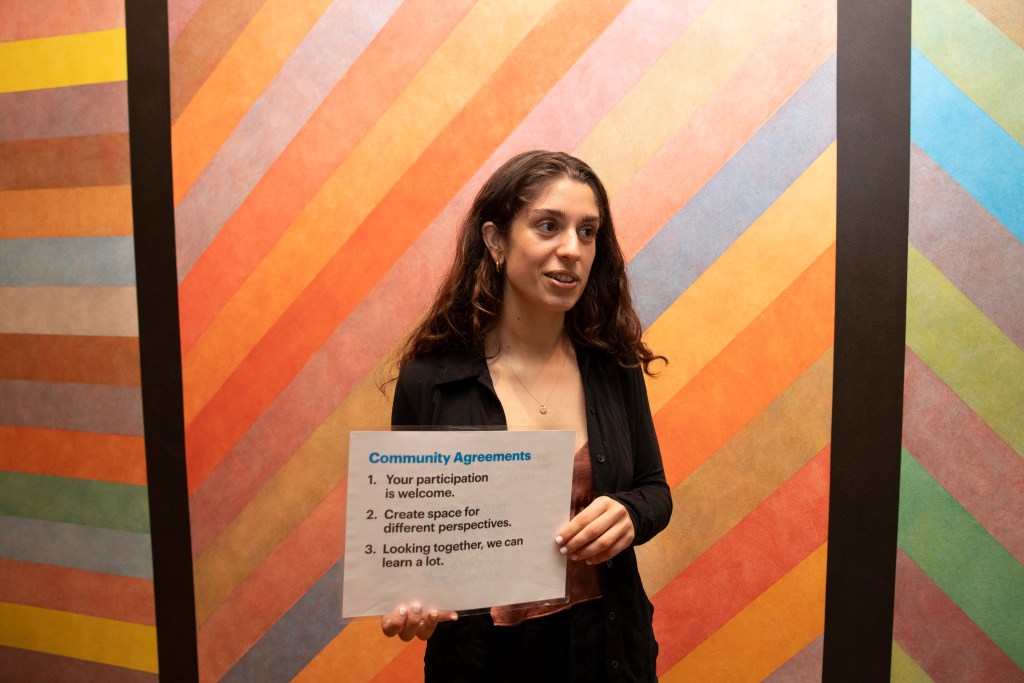
We also established community agreements to govern how Guides show up for training. For example, in the 2022-2023 academic year, student leaders in the group led the new cohort of Guides in drafting a set of about a dozen community agreements on their first day of work, including, “Make space for people to learn and react at different speeds,” “Have fun, enjoy our time together,” and “Commit to being in the editing phase.” Each week, a different Guide was invited to amplify a community agreement that resonated with them. In addition to setting the tone for training, this practice served as a reminder of how to be present.
There are many ways to draft and establish community agreements to suit the goals of your gathering. Whatever method you choose, they can be a helpful tool for creating a sense of belonging and mutual accountability in a group, whether folks are coming together for a single event or meeting regularly.
Reflection and Feedback
We recognize that expertise is an ongoing process and comes in many forms, so we structured trainings to encourage the Guides to ask critical questions and check their own assumptions. With their fellow Guides and with the public, students were prompted to share their ideas while remaining open to different perspectives and constructive feedback. The GGG includes suggestions for how to incorporate reflection and feedback, including:
Structured Debriefs
Part of being in community is checking in with one another. In training sessions that involved invited guests, we allotted about twenty minutes for a debrief after the guest left. The debrief often started with a few minutes of personal written reflections and/or a turn-and-talk in which participants discussed with a partner their responses to a question like, “What strategies did the invited guest use to get us to look closely?” Students were then primed for a constructive group dialogue. This regular debrief practice allowed Guides to work through issues. Guides heard and learned from one another’s perspectives on shared experiences, a crucial ingredient in fostering a tight-knit community. The debriefs also helped reinforce lessons learned and key takeaways from each of the training sessions.
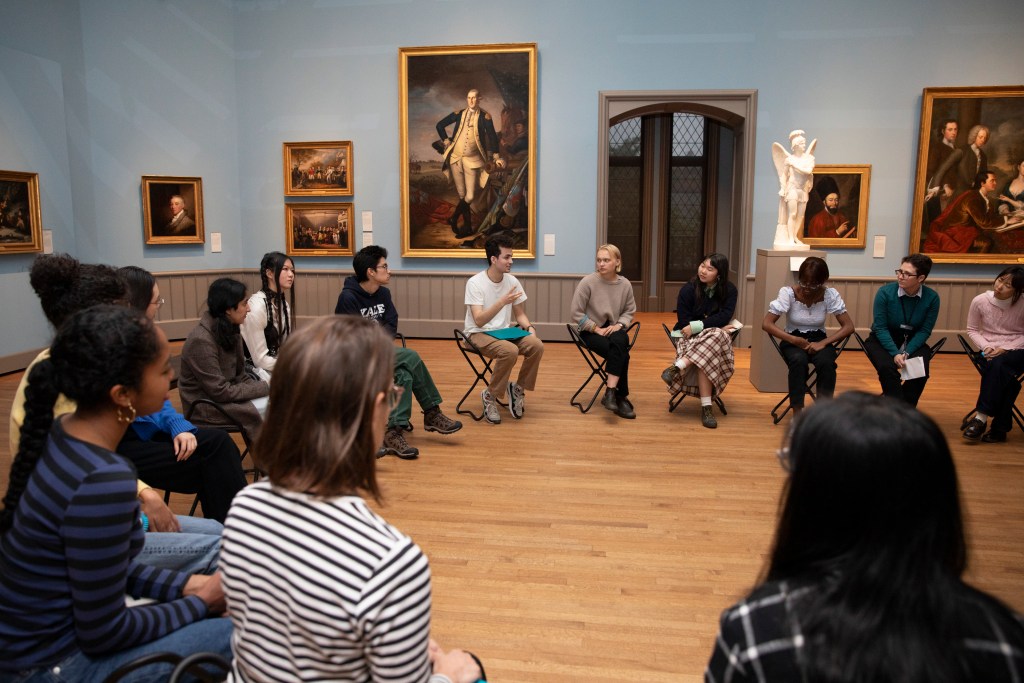
Similarly, after every public program we hold debriefs, in which staff gather to respond to a series of reflection questions, including: What went well? What was challenging? What is still resonating with you? How might this experience inform upcoming programs? The conversations we have in these debriefs often serve as an early brainstorm for a future related program.
Museum educators also debrief with faculty after a class visit to check in about whether their learning aims were met and what changes we should make moving forward.
Giving and Receiving Feedback
We incorporated offering and receiving feedback at several junctures in the Gallery Guide program. As staff leaders, we modeled that our work is always evolving, and that feedback and reflection are necessary for our professional growth. We intentionally and openly reflected on our own work and we gave Guides multiple avenues to share their thoughts with us: after each training session and tour, at the end of each semester, and in end-of-year reflections.
Furthermore, at every stage of the Guides’ development of their Highlights Tours, we incorporated structured moments for giving and receiving feedback. They received extensive written notes on their object-focused papers and oral feedback from their peers whenever they presented a new object. At the end of the first year of training, Guides would present their full tour to a group of Gallery staff members, and we reserved time at the end for all attendees to share one aspect of the tour that went well and one that could have been better. Following this evaluation tour, each Guide also received extensive written feedback from us to capture the ideas shared by others as well as further advice for continuing to develop their tours. When feedback is seen as an opportunity for growth, it can be received with an open mind and as an act of care.
We incorporate feedback and reflection in many aspects of our work in the education department. At the end of every public program, for example, we invite attendees to scan a QR code and fill out a brief survey about their experience. Their responses allow the Programs Team to surface many perspectives, which we then share in the debrief meeting with program collaborators. Indeed, for any big project (like an exhibition, a publication, a major presentation), the end product will be much stronger for having incorporated feedback into the drafting stages. We acknowledge it is not always easy to be open to input from others while a project is still in formation. Fostering a culture that values reflection and feedback takes effort and regular practice, from folks at all levels of an organization. This effort is worthwhile: work informed by feedback and critical reflection is, quite simply, better.
The Guide that Keeps on Giving
We learned so much from jointly overseeing the Gallery Guide program. Many of the practices we piloted with the Guides are now integrated into our core work areas in academic affairs and public programs. We were privileged to have a space in which we could experiment with a ready and eager group of student collaborators. Running a program that welcomes new students and grows with them during their college years inspires introspection and change: to remain relevant and responsive, the program, and its leaders, must evolve with time and the students. For us, the program served as an incubator of ideas and practices.
Co-authoring the GGG was also a rewarding learning experience for us both, as it allowed us to articulate and enact through our collaboration the values that we worked so hard to instill in the Gallery Guide program. Because of this foundation of mutual accountability and trust, we were well-positioned to offer each other feedback and constructive criticism in a generative and supportive manner, and thus foster an environment of reflection. Working in partnership can help facilitate experimentation, change, and even courageous leadership.
As museum professionals, we recognize that we must cultivate communities of practice in order to do our best work and to feel a sense of belonging. We hope you will read the GGG with an eye toward how you can adopt the strategies for building community that we—and many other contributors—describe in its pages. We also aspire to open dialogue across institutions and work areas, and welcome feedback and reflections from the AAM community. What resonates with you? What strategies have you tried with your collaborators? In what other ways have you built community?
You can access the Gallery Guide Guide here: artgallery.yale.edu/GalleryGuideGuide
